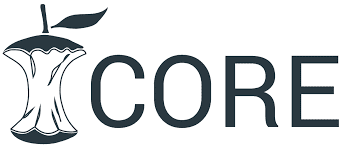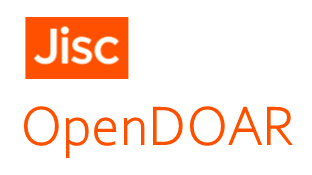Mostrar el registro sencillo del ítem
Tesis Doctoral
 En absoluto: una reflexión en torno a la búsqueda del Absoluto romántico en el trasfondo espiritual del arte contemporáneo
En absoluto: una reflexión en torno a la búsqueda del Absoluto romántico en el trasfondo espiritual del arte contemporáneo
| dc.contributor.advisor | Bernal, María del Mar | es |
| dc.creator | Colás Cintas, Olalla | es |
| dc.date.accessioned | 2020-01-13T09:32:39Z | |
| dc.date.available | 2020-01-13T09:32:39Z | |
| dc.date.issued | 2019-11-15 | |
| dc.identifier.citation | Colás Cintas, O. (2019). En absoluto: una reflexión en torno a la búsqueda del Absoluto romántico en el trasfondo espiritual del arte contemporáneo. (Tesis Doctoral Inédita). Universidad de Sevilla, Sevilla. | |
| dc.identifier.uri | https://hdl.handle.net/11441/91460 | |
| dc.description.abstract | La tendencia a absolutizar forma parte de la naturaleza humana. Con ella las personas dibujamos un mundo polarizado en cuyos extremos opuestos se sitúan dos caras de una misma moneda. El arte es la herramienta de expresión de todo lo humano y como tal refleja esta tendencia. La revolución cultural y social que supuso el inicio de la Modernidad inclinó la balanza de lo Absoluto desde su extremo afirmativo hasta el negativo, haciéndole perder la mayúscula inical en este proceso. La perspectiva actual del absoluto permite contemplar un ancho espacio intermedio desde el que crear otros mundos posibles. La práctica consciente de un arte implicado en la vida real ofrece la oportunidad de considerar al arte como una vía alternativa de conocimiento y de transformación de la realidad. Una alternativa no excluyente, que camina de la mano de la filosofía y que renueva el concepto de lo absoluto expandiendo su significación: el arte puede ser libre, incondicionado e ilimitado en sus propuestas; y al mismo tiempo, estar en relación con todo lo demás. Ser absoluto y ser relativo. El arte posee la capacidad de poner en suspenso la realidad para moverse entre sus pliegues, adentrarse en sus grietas y ensancharlas hasta dejar pasar la luz. En él tienen cabida la afirmación, la negación y todos los mundos que seamos capaces de imaginar entre ambos extremos. | es |
| dc.description.abstract | The tendency to absolutize is part of human nature. With it people draw a polarized world in whose opposite ends are placed two sides of the same coin. Art is the tool of expression of everything human and as such reflects this trend. The cultural and social revolution that marked the beginning of Modernity inclined the balance of the Absolute from its affirmative end to the negative, making it lose the initial capital in this process. The current perspective of the absolute allows contemplating a wide intermediate space from which to create other possible worlds. The conscious practice of an art involved in real life offers the opportunity to consider art as an alternative way of knowledge and transformation of reality. A non-exclusive alternative that walks hand in hand with philosophy and that renews the concept of Absolute by expanding its meaning: art can be free, unconditioned and unlimited in its proposals; and at the same time, be in relationship with everything else. Be absolute and be relative. Art possesses the capacity to suspend reality to move between its folds, to enter into its crevices and to enlarge them until the light passes through. In him they fit the affirmation, the negation and all the worlds that we are able to imagine between both ends. | es |
| dc.format | application/pdf | es |
| dc.language.iso | spa | es |
| dc.rights | Attribution-NonCommercial-NoDerivatives 4.0 Internacional | * |
| dc.rights.uri | http://creativecommons.org/licenses/by-nc-nd/4.0/ | * |
| dc.title | En absoluto: una reflexión en torno a la búsqueda del Absoluto romántico en el trasfondo espiritual del arte contemporáneo | es |
| dc.type | info:eu-repo/semantics/doctoralThesis | es |
| dcterms.identifier | https://ror.org/03yxnpp24 | |
| dc.type.version | info:eu-repo/semantics/publishedVersion | es |
| dc.rights.accessRights | info:eu-repo/semantics/openAccess | es |
| dc.contributor.affiliation | Universidad de Sevilla. Departamento de Dibujo | es |
| idus.format.extent | 432 p. | es |
| Ficheros | Tamaño | Formato | Ver | Descripción |
|---|---|---|---|---|
| TESIS EN ABSOLUTO.pdf | 87.32Mb | Ver/ | ||















